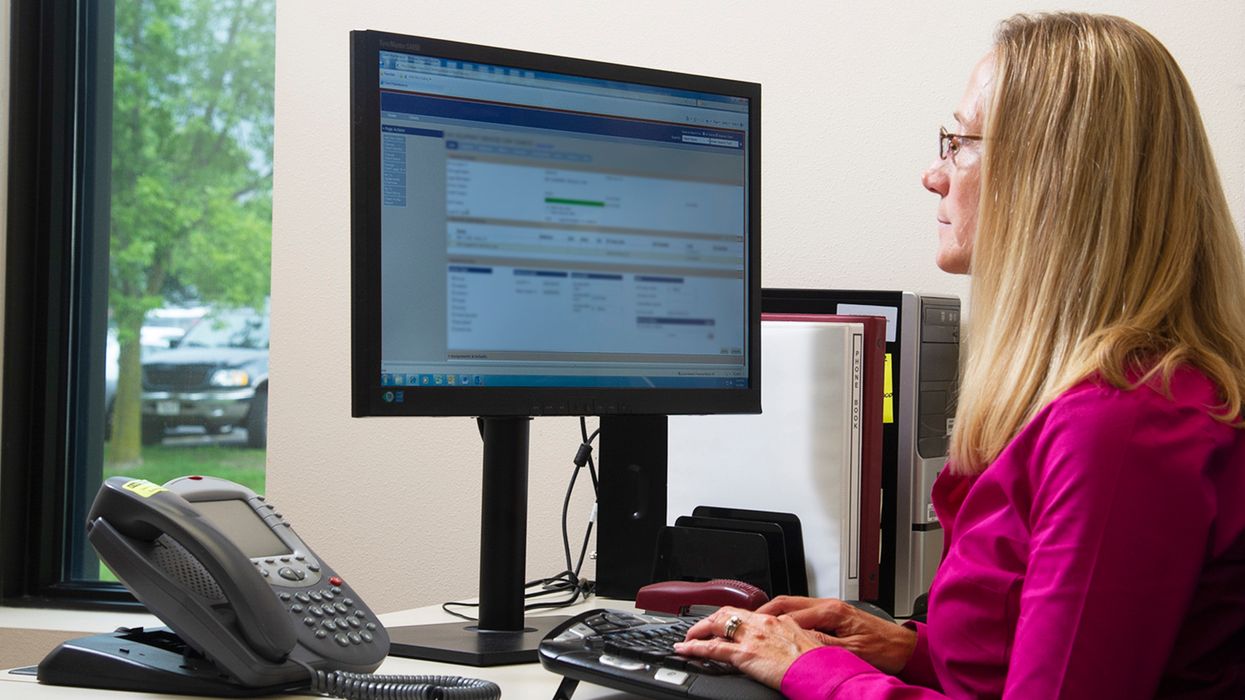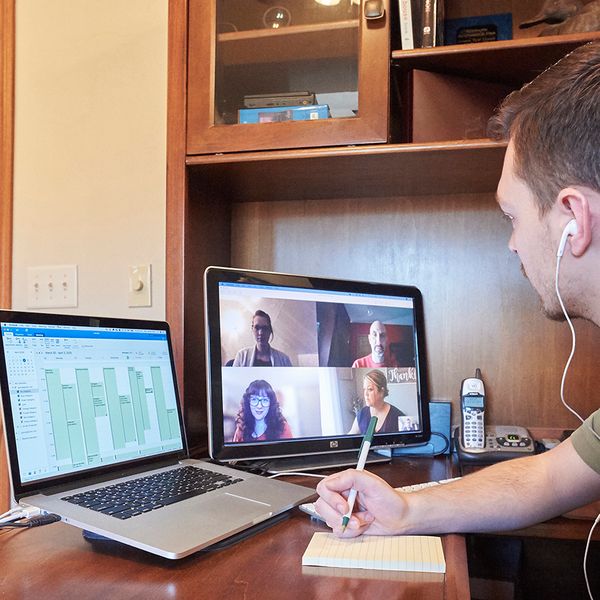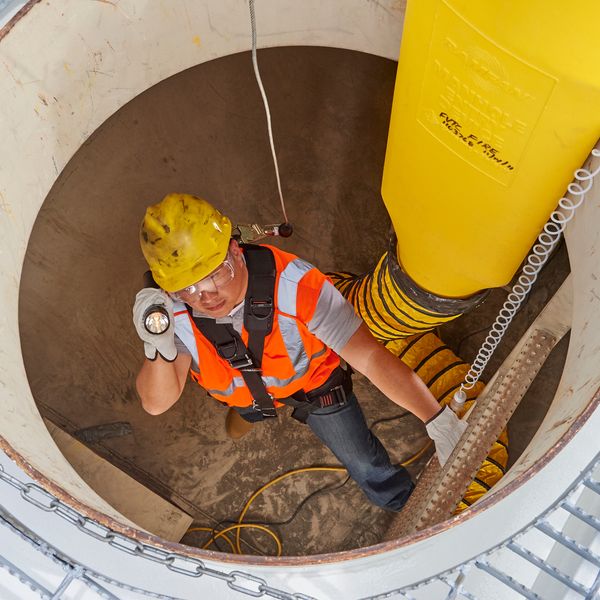Ensuring safety for remote workers in a changing world
In today's evolving work landscape, more and more employees are embracing the freedom of working outside the confines of a traditional office. This shift towards working from home, performing lone work, and traveling for business comes with its own set of risks. It’s crucial for employers to prioritize the safety of their employees by implementing effective safeguards.
By proactively addressing safety concerns of remote workers, employers not only fulfill their legal obligations but also foster a culture of care within their organization. Implementing comprehensive safety protocols and providing necessary resources can help mitigate potential risks and ensure the well-being of employees.
Types of remote workers
Remote workers are those individuals who perform duties and responsibilities of the employer from an alternative workplace and aren’t expected to return to that workplace regularly. Employees who work from home are typically engaged in office work activities such as filing, keyboarding, reading, and writing. Lone workers are individuals at a job site where help wouldn’t be easily accessible. This could include security officers, certain medical professionals, and those working in confined spaces. The third type of remote workers are those individuals traveling on behalf of the company. Work activity includes traveling between jobsites or driving or flying to another city. These workers are typically sales reps, members of leadership, or subject matter experts.
Injury and illness recordkeeping and reporting
Work-relatedness is typically established when an injury or illness occurs while the employee is engaged in work activities for pay or compensation by the employer. Employers who are required to keep records of work-related injuries and illnesses will continue to be responsible for keeping such records, regardless of whether the injuries occur in the factory, home office, or elsewhere, as long as they are work-related, and meet the recordability criteria of 29 CFR Part 1904.
Physical workspace
The workspace plays a crucial role in productivity and well-being for remote workers. To prevent potential injury, a well-equipped home office workspace should include:
- A comfortable chair and adjustable desk,
- Necessary equipment designed to reduce the risk of musculoskeletal issues, and
- Appropriate lighting.
The same concept applies to lone and traveling employees as well. Whether working from a vehicle, out in the field, at an airport, or at a hotel, having a dedicated and comfortable space is essential for maintaining focus and minimizing injury. Employers must train and continually assess their remote workers on how to set up their workspace while maintaining proper ergonomics.
In addition to ergonomics, it’s important to train remote workers on the safe use of electrical equipment associated with their workspace. This includes providing guidance on properly using space heaters and coffee pots and the responsible use of power outlets and extension cords.
Emergency preparedness
Employers must ensure their remote workers’ safety and well-being during unforeseen circumstances. Remote workers should be equipped with the knowledge and resources to handle emergencies effectively, whether they occur at home, in remote or public spaces, or at customer offices.
Employers should verify their remote workers have access to basic first aid training and supplies, such as first aid kits. Knowing the location of the nearest automated external defibrillator (AED) might also be beneficial.
In any emergency, communication is key. Employers should have the following in place for each remote worker:
- Established cadence of regular check-ins,
- Emergency contact information,
- Protocol for reporting emergencies,
- Means of contacting a remote worker, and
- Alternate means of contacting if the initial is ineffective.
Travel safety
Travel safety for remote workers is an important aspect to consider when employees are required to travel for work. Employers should provide guidelines and policies to ensure the safety and well-being of remote workers during their travels. This may include information on:
- Safe transportation options,
- Secure travel accommodations, and
- Personal safety measures in unfamiliar locations.
In order to mitigate risk, remote workers must remain aware of their surroundings, have access to emergency contact information, and follow any established travel safety protocols.
Key to remember
Proactively addressing the safety concerns of remote workers helps to fulfill employer’s legal obligations while fostering a culture of safety.

















































